-
1Woodworks
A child-proof solution needs a case, which forgives intense stress. So I decided to build a wooden case (beech). It should be possible to carry everything around, so the (many) RFID-cards, loudspeaker, raspberry pi and maybe batteries have to be inside. I ordered button made of stainless steel and the loudspeakers are behind a metal grid.
The cards can be put into a small compartment with a lid (top right side in first picture).
I asked if I should paint the case and green was desired, to here are the pictures...
(on the right side inside the case you can see the recesses for the RFID-sensor, the tree buttons and the USB socket)
(bottom view)
(the finished case with rounded corners)
(the compartment)
(case with primer)
(case with green paint and all metal parts)
(the compartment, again)
-
2Electronics (to be continued)
- see schematic
- the buttons used do not need a resistor for the LEDs
- battery backup (adafruit PowerBoost 500C)
-
3digression: battery backup
After first tests in real life (and a near broken USB cable) I decided to implement a battery backup inside the case so that playback is possible without a wired power supply. After some research I chose the LiPoPi solution (Link). Its lightweight and relatively easy to add to my MP3-player.
![]()
The original solution has the drawback, that one has to press the button for three seconds minimum when starting up, until the Raspberry Pi holds the power-on-state for itself. This is the only thing I changed with the capacitor C1 which gets charged by pressing the button and holds the EN-Pin HIGH until the Raspberry Pi takes over (about three seconds after pressing the button).
The documentation of the LiPoPi solution is detailed, I only had to add one or two "sudo" commands and had to change the line-end encoding of the script with "dos2unix" (install the tool with: "sudo apt install dos2unix").
sudo apt install dos2unix dos2unix /your_path_to_the_script/low_bat_shutdownOne last hint: the LiPoPi solution works with the adafruit PowerBoost 500C as well as with the PowerBoost 1000C. I bought to PowerBoost 500C and first tests showed that a Raspberry Pi 3 (only used for testing purposes) drained the battery even though I was charging with a USB supply. So maybe the PowerBoost 100C is the better solution for a Raspberry Pi.
-
4Raspberry Pi (to be continued)
- Version 2 is enough
- I2S for better sound quality
- USV would be best
-
5Make cards
The cheapest available RFID-responders are the small stickers which I place on the back of all music- or audio-book-covers. Then I cut the paper, laminate the card and cut the plastic with a scissor.
-
6python code (to be continued)
- import code
- autostart
features
- recognises if new card is used
- creates folder with new card-ID (from RFID sticker)
- folder can be renamed (but furthermore it has to contain the unchanged ID) "my lovely audio book 101-203-1-23"
- put files in folder
- add one config file per folder
 AndreasVS
AndreasVS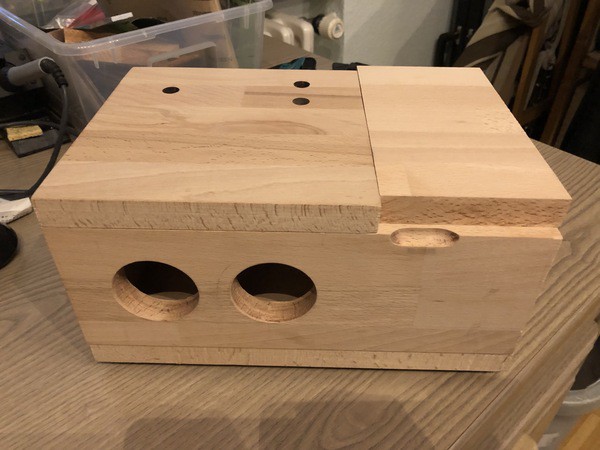
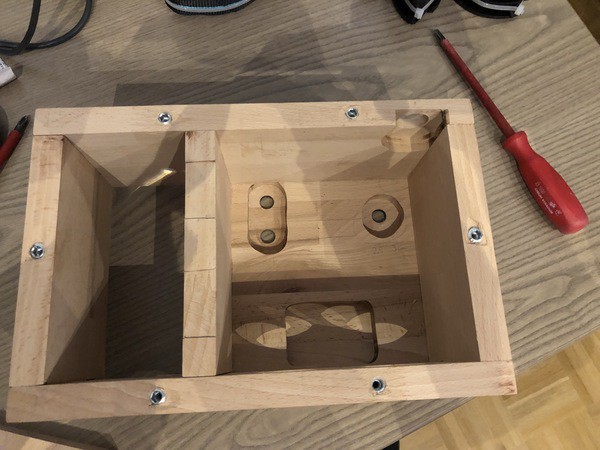
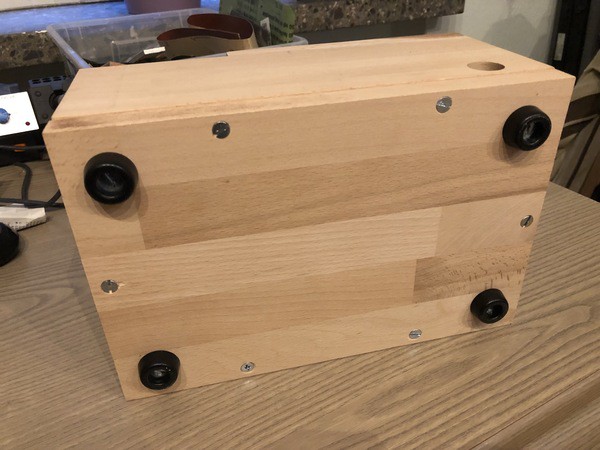
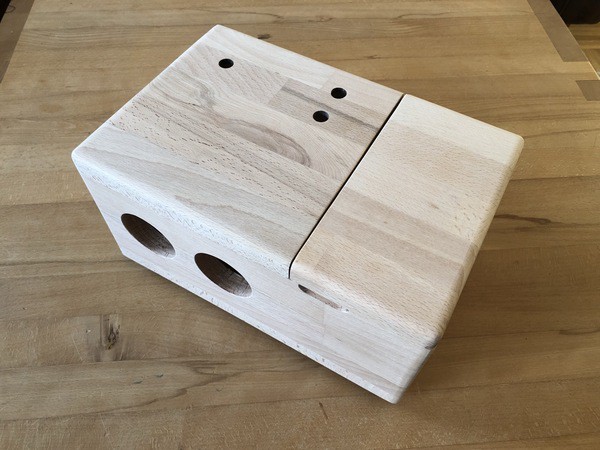
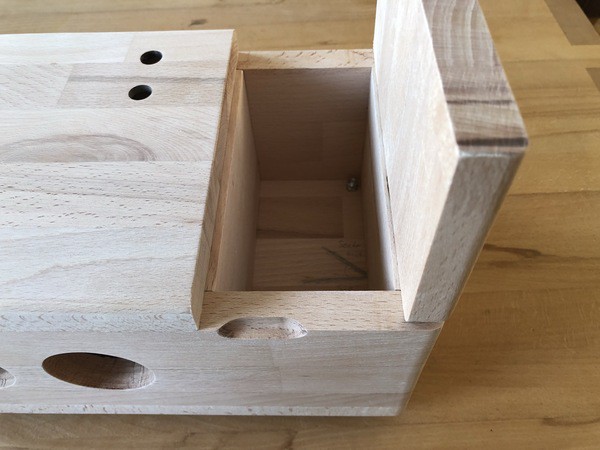
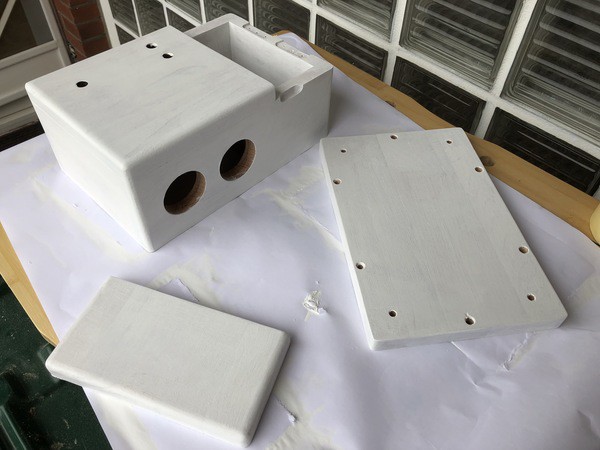
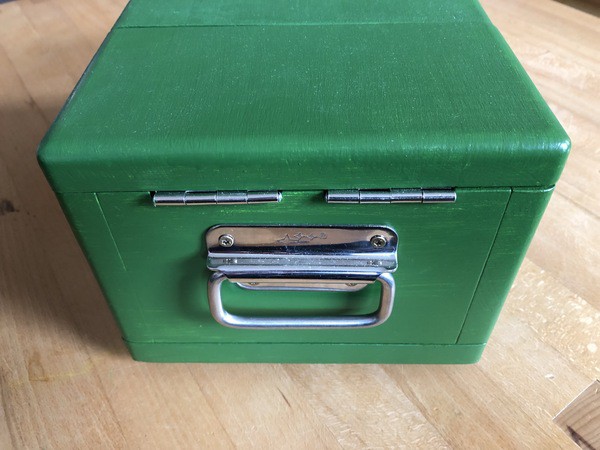
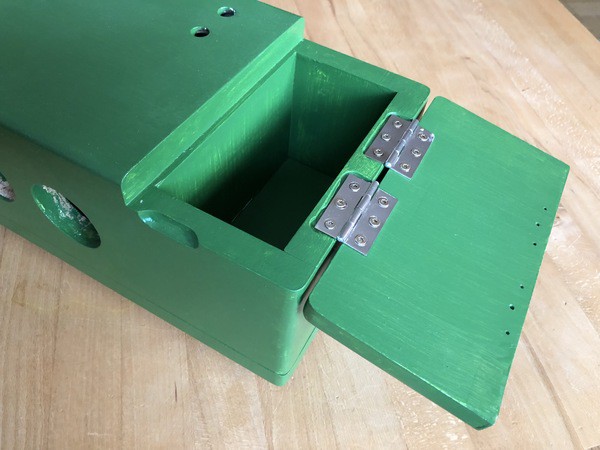
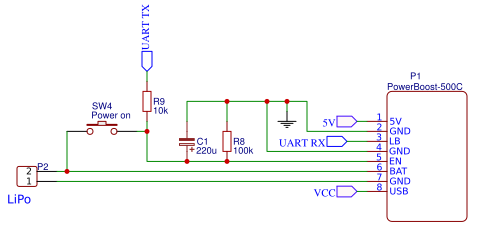
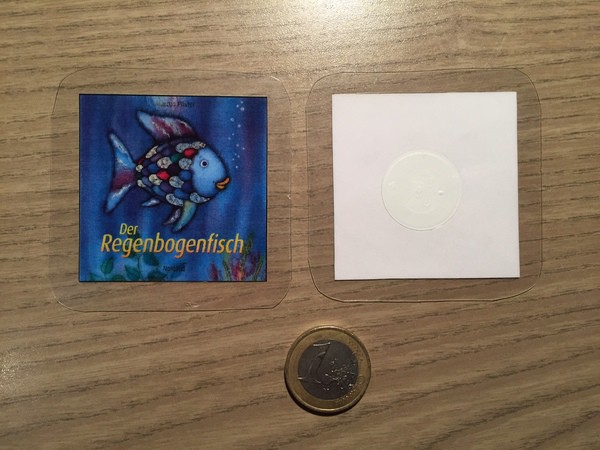
Discussions
Become a Hackaday.io Member
Create an account to leave a comment. Already have an account? Log In.